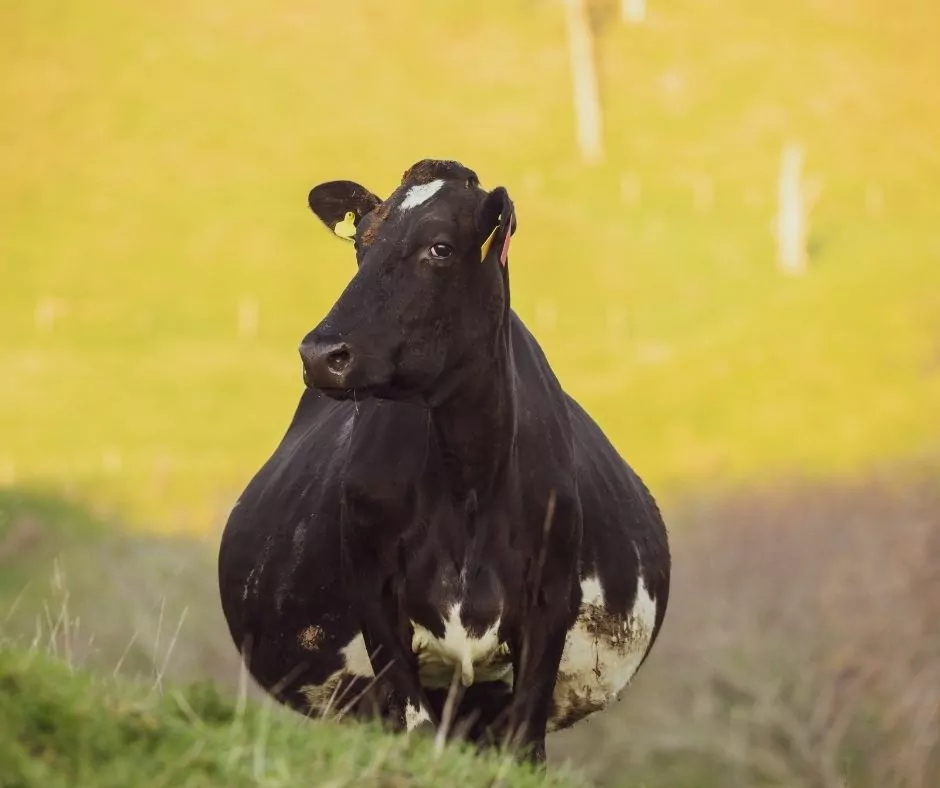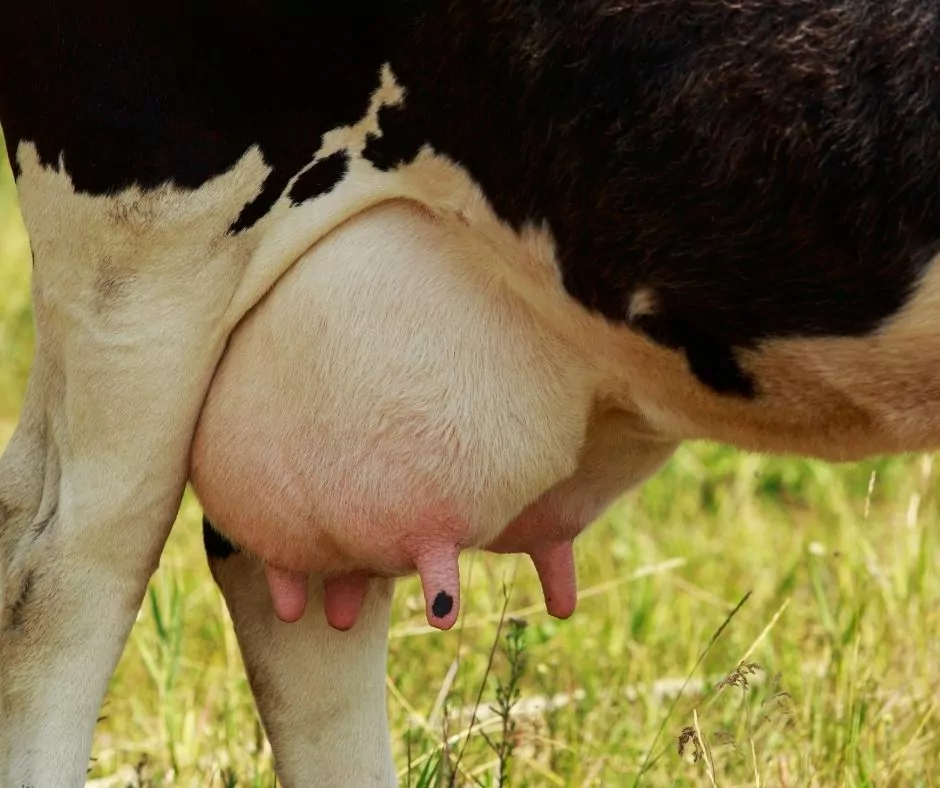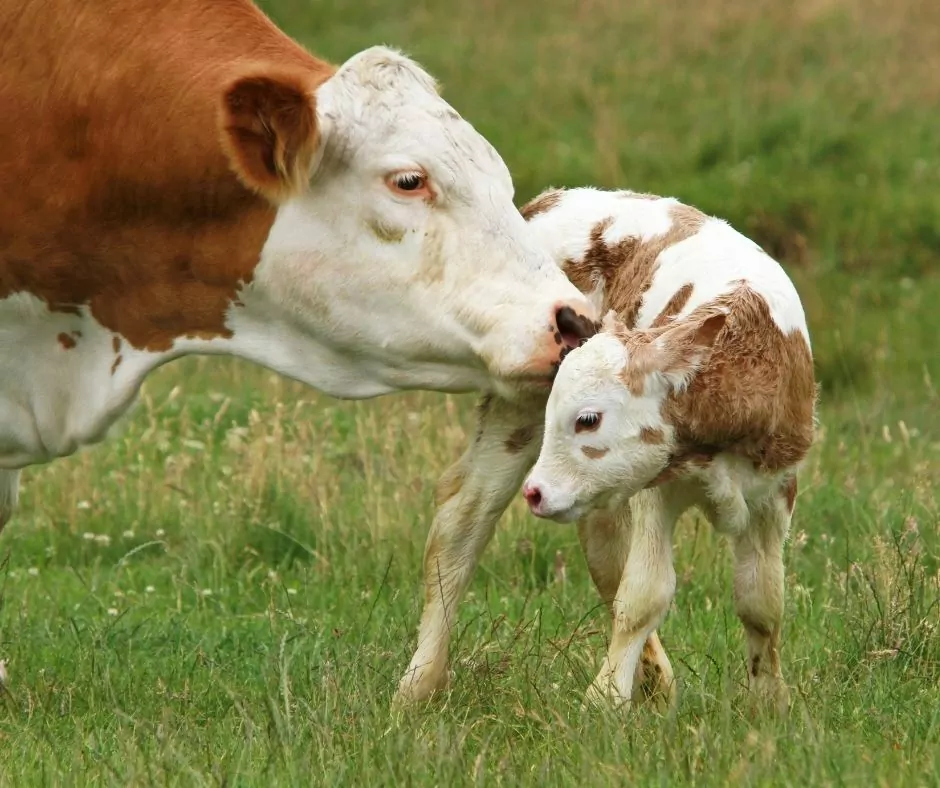Cow Gestation will vary by breed, the overall health of the cow in question, and the sex of the calf. While each of these factors can make a difference, the average gestation period of the cow is 283 days. Throughout these 9 months of gestation, the cow and calf will go through unique stages.

Stages of Pregnancy During Cow Gestation

- First 3 months: Miscarriage is at it’s highest rate in this period of pregnancy. Miscarriage rate is high during the first 20 days, but risks drop by day 42.
- 3 to 5 months: At this point in pregnancy, structures indicating pregnancy can be felt. The actual fetus itself is too far forwarded to be palpated.
- 5 to 7 months: The fetus is now the size of a cat. Proper nutrition and extra nutrients are important to start at this time to ensure a healthy calf.
- 7 to 9 months: Feeding requirements continue to increase, since the fetus will do 70% of it’s growing during this period. Farmers will also stop milking cows during this time to prepare for calving.
- Full Term: when a cow is at full term pregnancy, the fetus can weight anywhere from 50-100 pounds depending on breed and sex.
Signs of Labor in Cows
- Increase in udder size.

- Springing in the back end, also known as a relaxed vulva.
- Softening of pelvic ligaments. Cows tail end will appear to stick up more than usual.
- Increase of mucous and discharge from vulva.
- Behavior changes such as restlessness and agitation., and possibly pulling away from the herd.
- You may see changes in stool production in the weeks leading up to calving. Farmers have reported loose stool, and some have reported constipation.
- Loss of appetite in the days leading up to labor may occur.
- Cow may show signs of stomach pain. This includes agitation, and possibly booting herself in the abdomen. This happens most in cows who have not calved before.
Facts on Cow Gestation You Never Knew
A cow is capable of gestating for nearly four months before giving birth. Gestation lasts for 277 days with the first stage starting on the 18th day and concluding a month later. The calf is delivered through a special birthing canal called the cervix. It will take up to ten minutes for the calf to emerge from the cow.
After births, cows will milk themselves on their own in order to produce colostrum that provides antibodies and nutrients to newborns until they are able to digest solid food themselves.
The calving season has a high incidence of mortality from infection and birth complications. The majority of dairy cows are inseminated between the months of November to March, after which they calve every two months.

Horned cows have horns on both hips and have two horns in the back. They weigh approximately 800 pounds, with some being larger than others. Both dairy and beef cattle are classified as horned animals. The horns account for approximately 6 to 10 percent of the animal’s total body weight.
As far as body size, dairy cows are considered to be small in comparison to beef cattle. The average weight of a dairy cow is about 1,300 pounds. Larger ones can reach weights around 2,000 pounds. They vary from each other in color and size as well as the breed that they represent.
There are several breeds that make up a dairy cow. Two of the primary and most popular ones are the Holstein-Fresian and Jersey. They look similar to each other, but the Holstein-Fresian can be spotted by her coat color: black or brownish with large patches of white. The Jersey is mostly gray with dair brown coloring.
One way to determine if a cow is ready to give birth is by watching her for signs of stress and anxiety.
If you enjoyed this info-graphic, take a look at the Horse Gestation Period on our blog.
